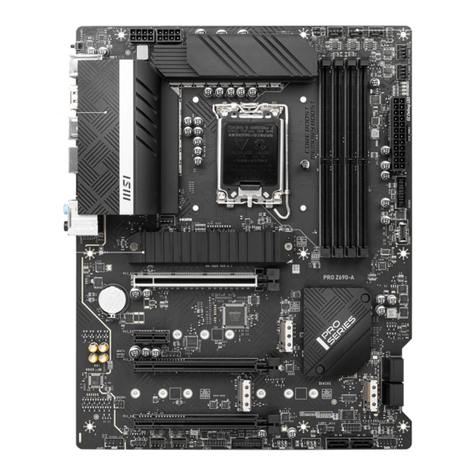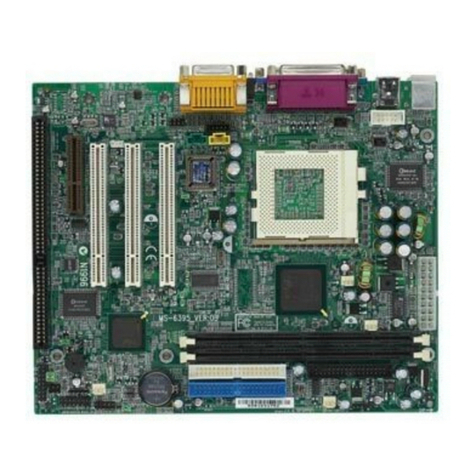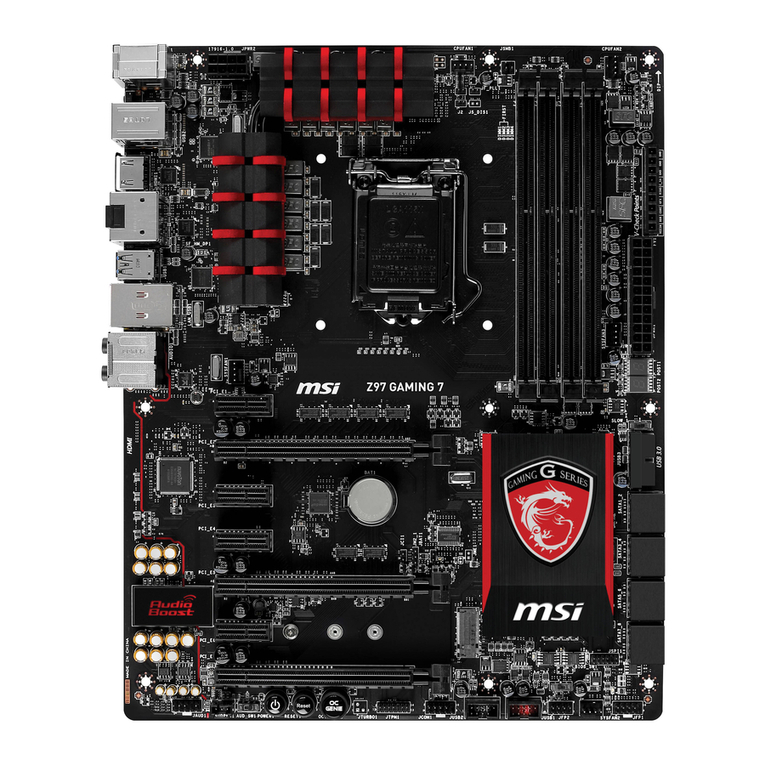MSI MSI-5149 User manual
Other MSI Motherboard manuals
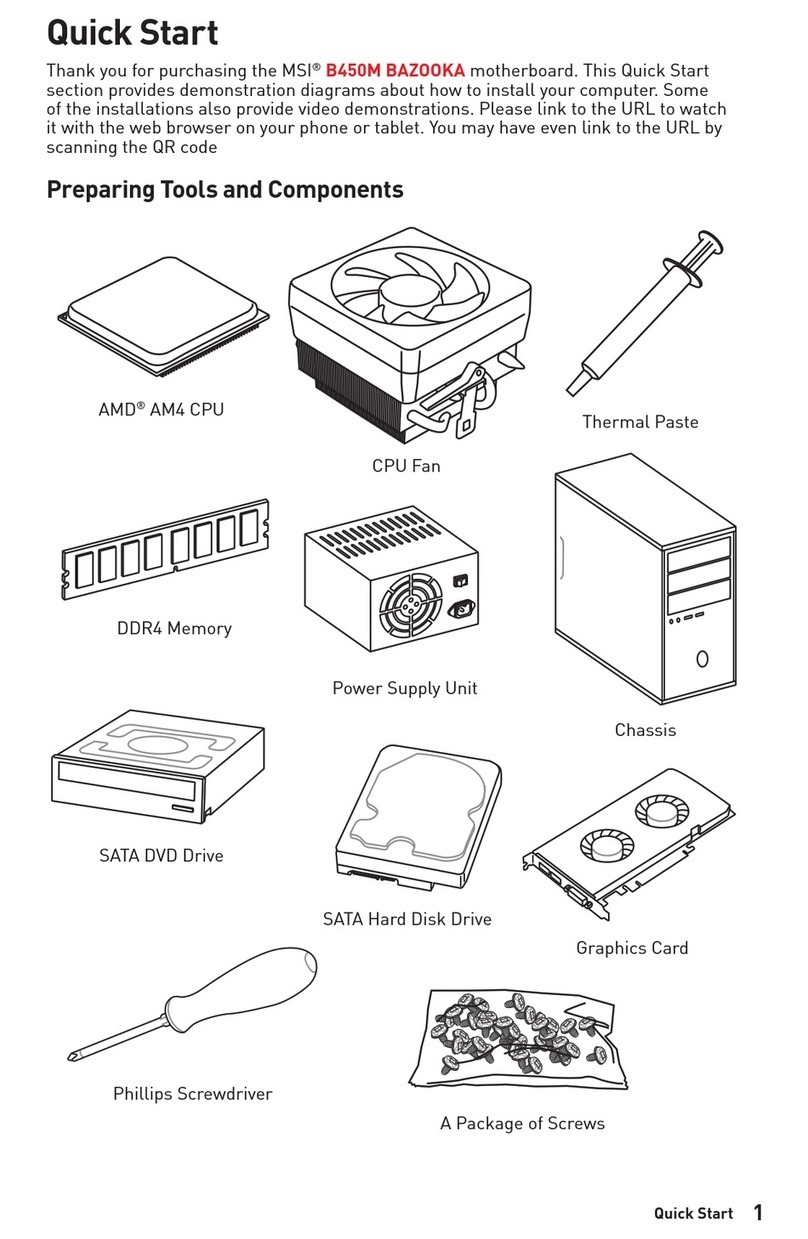
MSI
MSI B450M BAZOOKA User manual
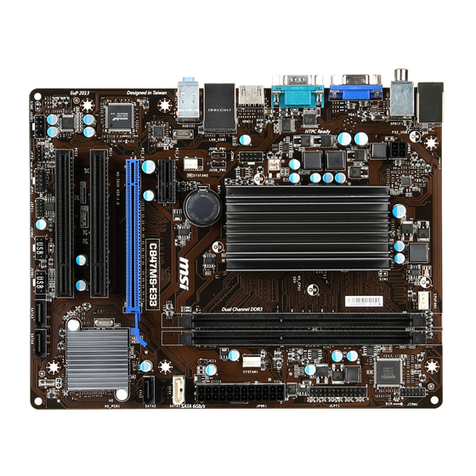
MSI
MSI C847MS-E33 Series User manual
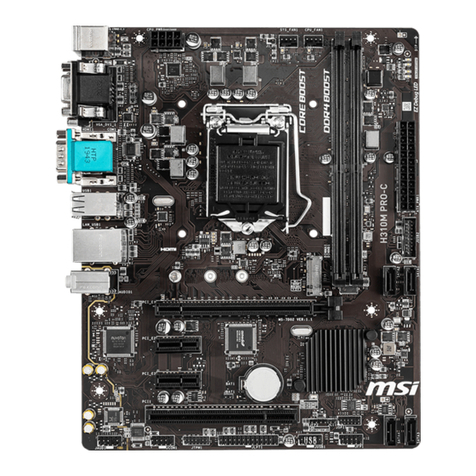
MSI
MSI H310M PRO-C User manual
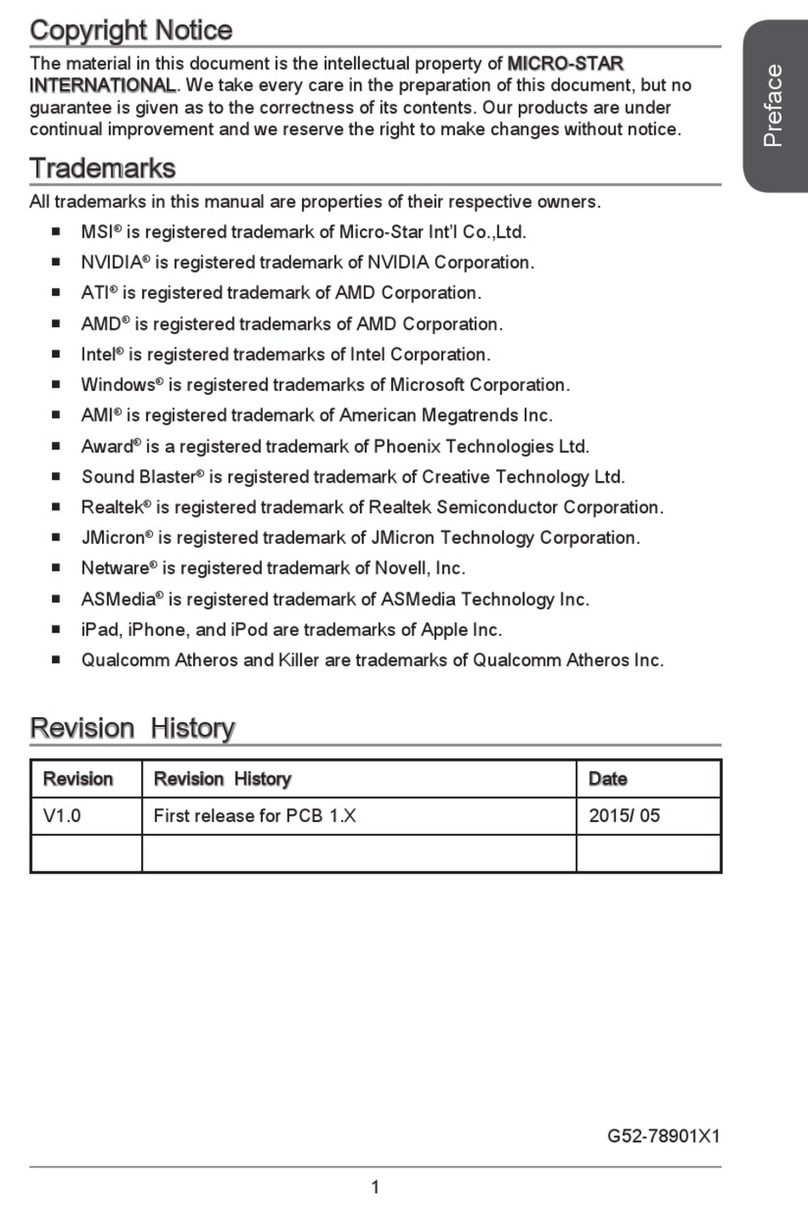
MSI
MSI N3050I ECO Series User manual

MSI
MSI 970A-G45 series User manual
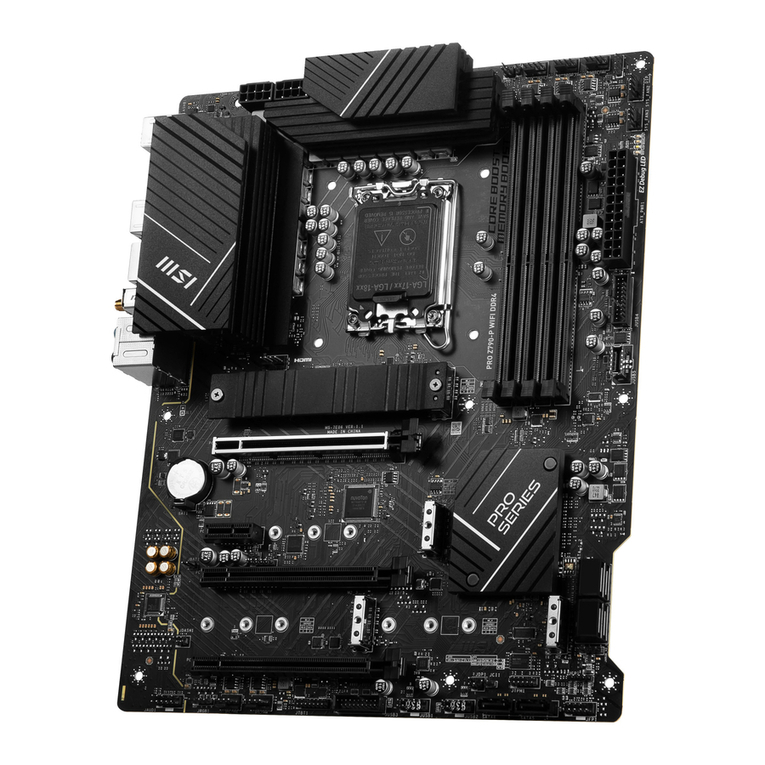
MSI
MSI PRO Z790-P WIFI DDR4 User manual
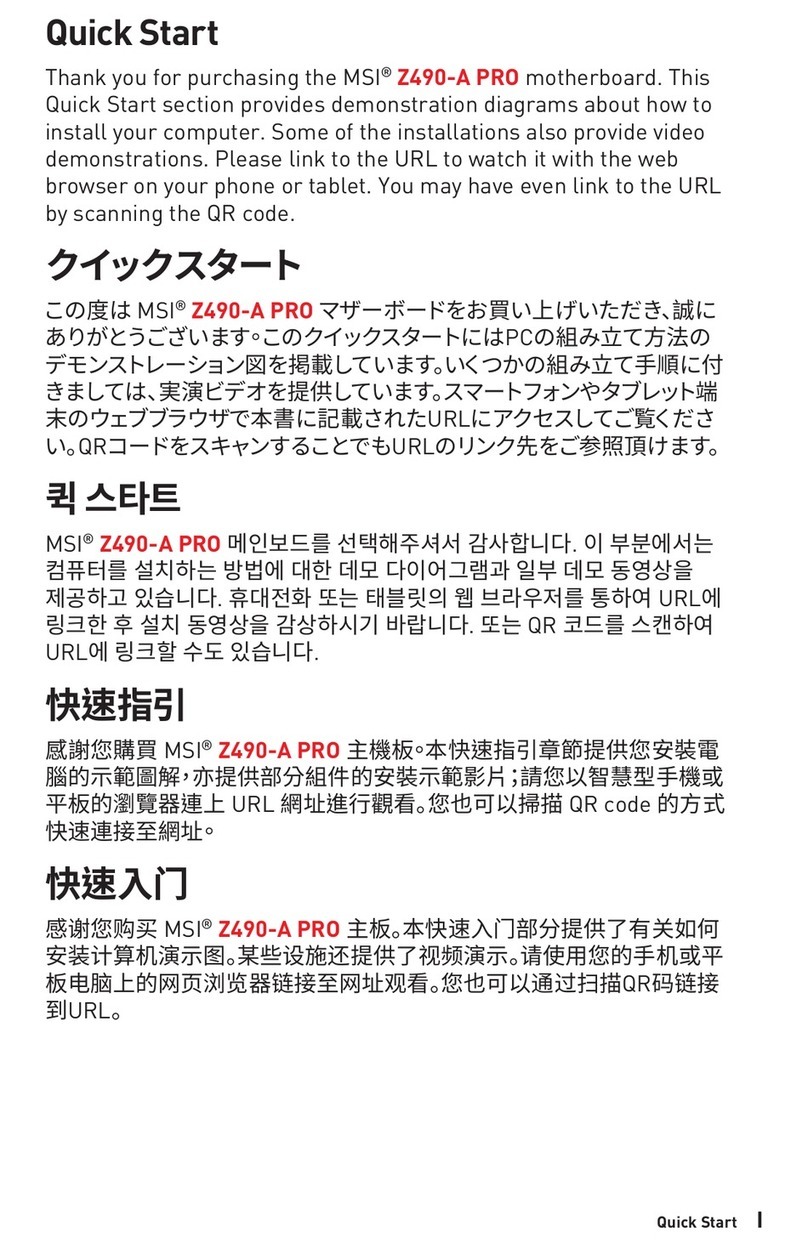
MSI
MSI Z490-A PRO User manual

MSI
MSI Bg Bang-XPower II User manual
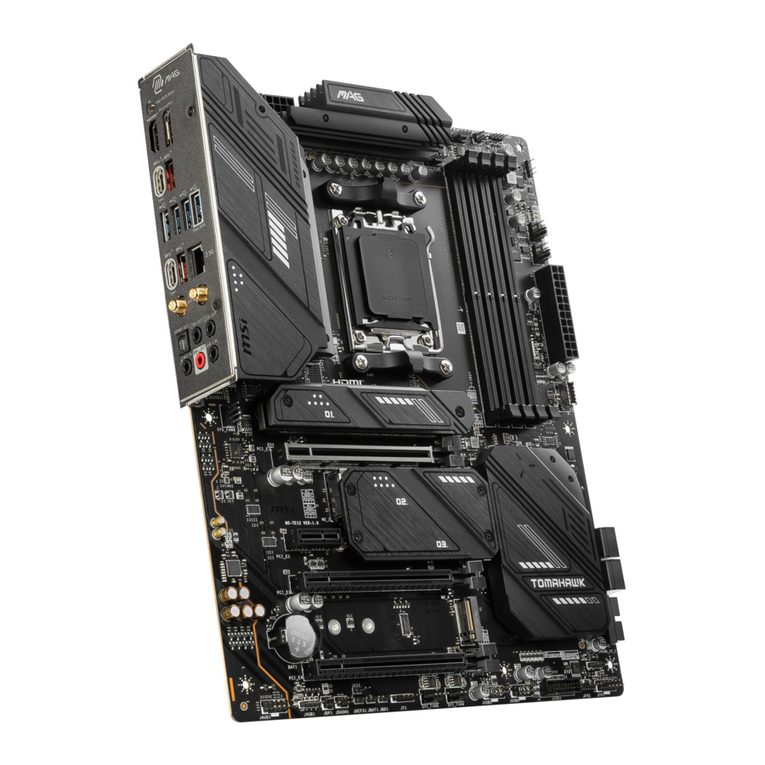
MSI
MSI MAG X670E TOMAHAWK WIFI User manual
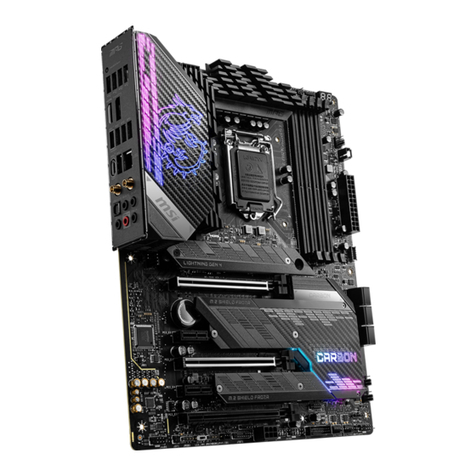
MSI
MSI MPG Z590 GAMING CARBON WIFI User manual
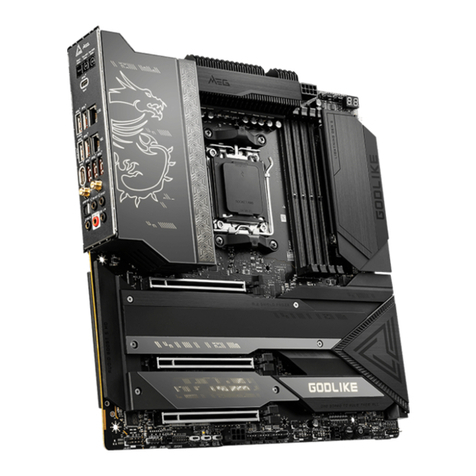
MSI
MSI MEG X670E GODLIKE User manual
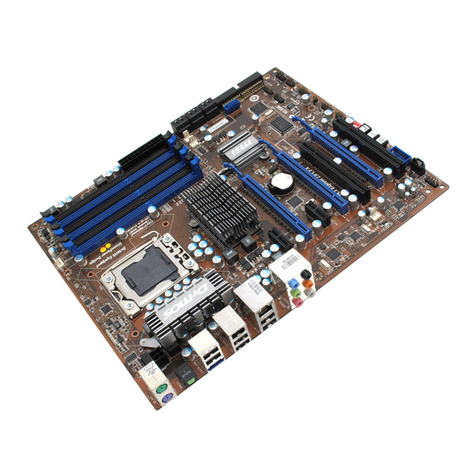
MSI
MSI X58 Pro-E seres User manual
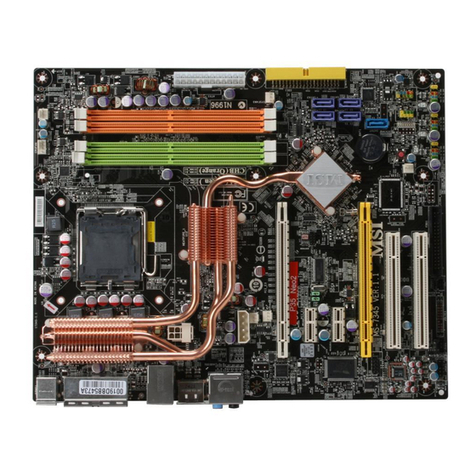
MSI
MSI P35 NEO2-FR - Motherboard - ATX User manual
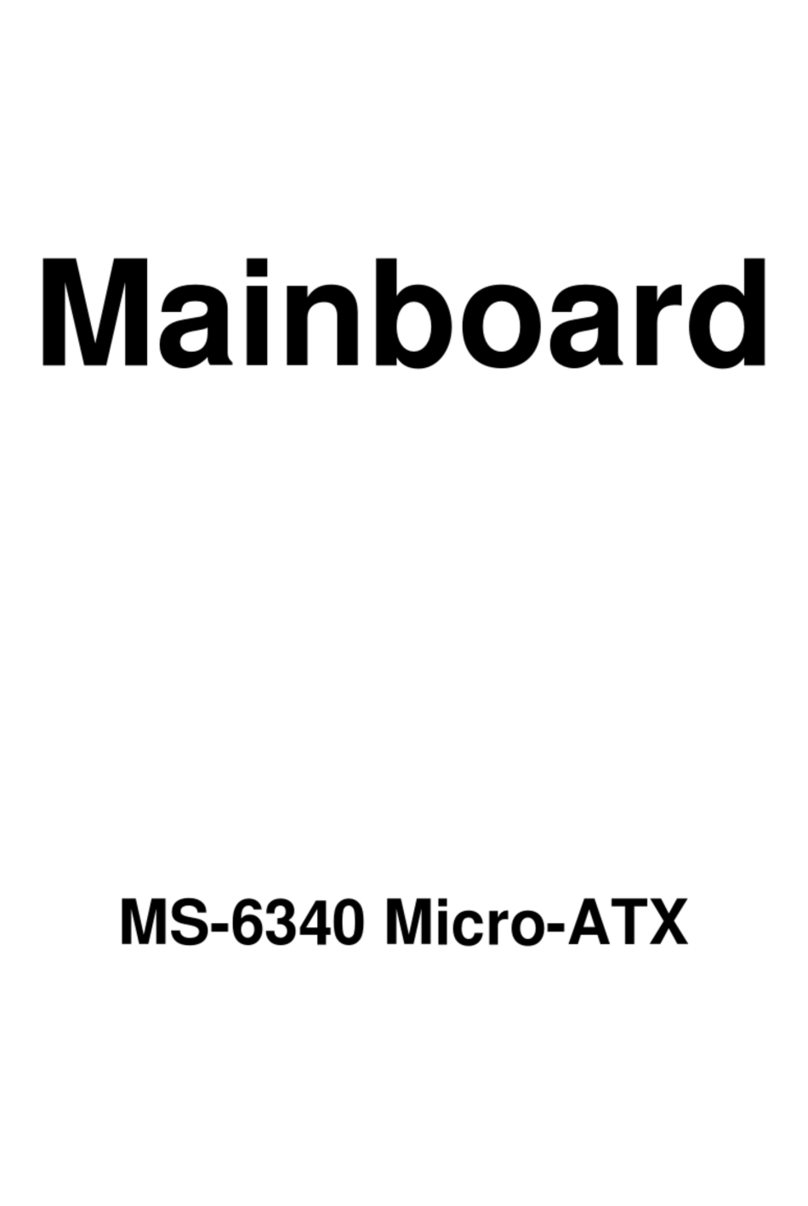
MSI
MSI MS-6340 User manual

MSI
MSI Z87I User manual

MSI
MSI K8N Diamond User manual
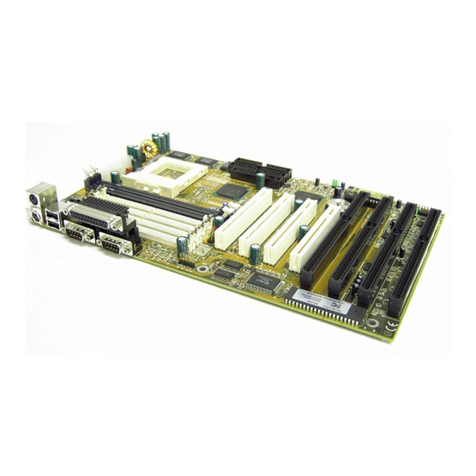
MSI
MSI MS-5148 User manual

MSI
MSI MS-7666 User manual
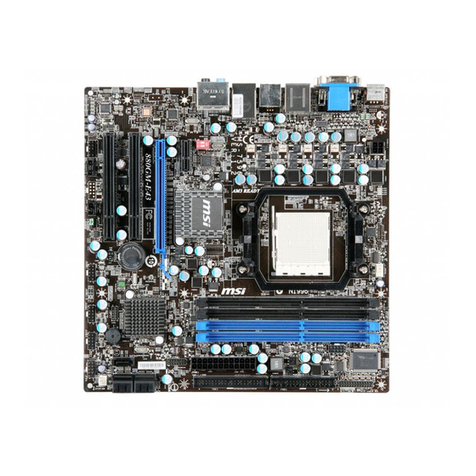
MSI
MSI MS-7596 (v1.x) User manual

MSI
MSI MEG Z590 ACE User manual
